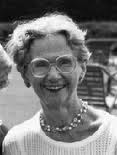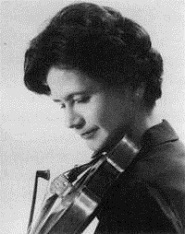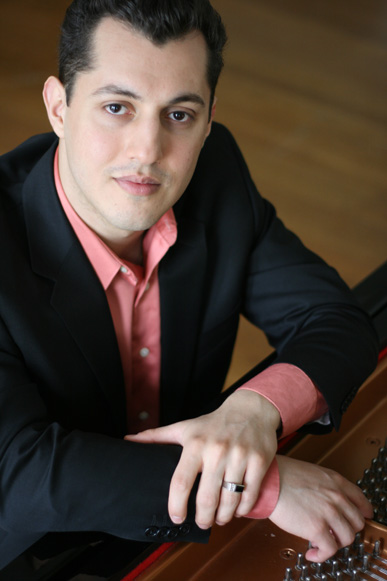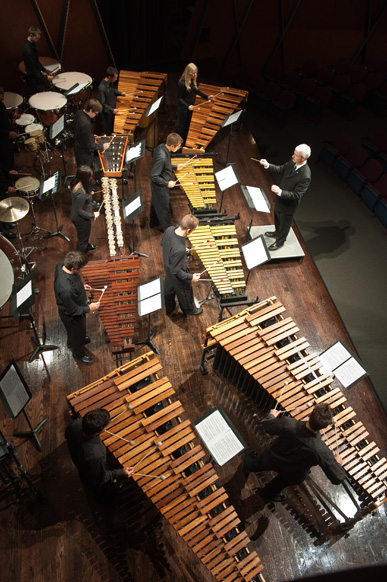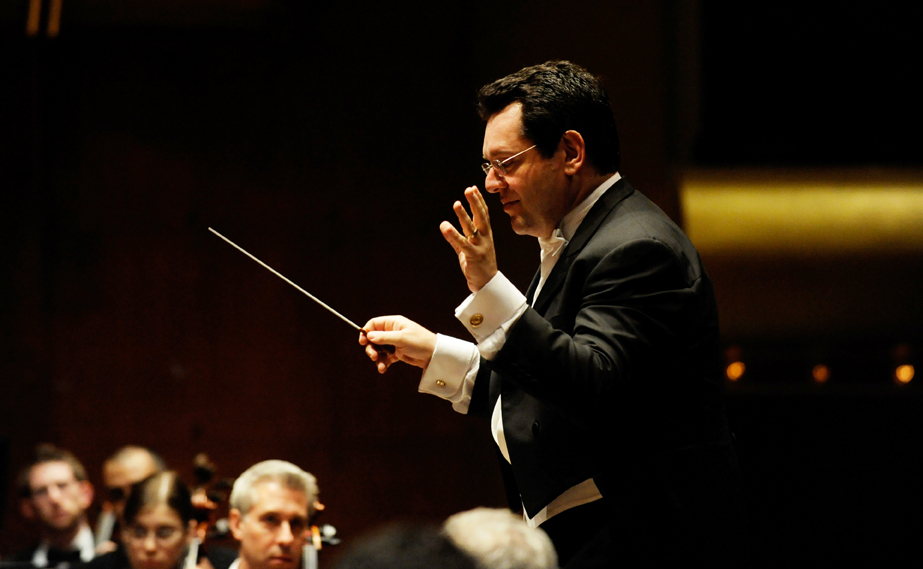The New York debut recital of Bryan and Silvie Cheng was infused with a spirit of thoughtfulness and generosity. The obvious affection between the two siblings extends beyond the familial sphere into the audience, and most importantly, into the music itself. The differences between brother and sister, both as players and as individuals, were apparent within minutes of the first piece. The thirteen year old cellist, Bryan Cheng, is gifted with abundant facility, innate musicality, and a sense of joy. Although his talent needs shaping, he benefits from an experienced and exquisite partner in his sister Silvie.
The program alternated between showcases of virtuosity for the cellist, and solid, refined renditions of two sonatas from the solo piano repertory. Their first offering, the Schubert Arpeggione Sonata, was delivered with aplomb, and a nice sense of phrasing and structure. Here, as in later works on the program, Mr. Cheng’s left hand work was admirable, but not completely secure. I hesitate to dwell on this because he is already playing on such a high level. However, in a sonata such as this, passagework is so exposed, and the challenge is to make it sound pristine and effortless. He will get there soon, but he is not quite there yet.
Throughout both the Haydn Sonata in E flat major and the Schumann Second Sonata, Ms. Cheng gave thoroughly idiomatic and polished performances. To appreciate Haydn, one must enter into a private, eccentric world of musical expression. The pianist brought us there with her subtle use of rubato and finely varied gradations of touch and dynamic. In the Schumann, her playing of the jewel like second movement was especially poetic, and her pedaling at the close of the fourth movement was purely magical. I have never heard the piano in this hall sound as round and ample.
It was a treat to hear the Paganini Variations on a Theme of Rossini, a work originally written for the violin, but adapted for cello, and played entirely on the A string. With fleet fingers, Mr. Cheng successfully negotiated most, if not all of the Alpine passages of this very difficult work. The afternoon’s only contemporary composition was the single movement, “Bringing the Tiger Down from the Mountain II” by the Chinese-Canadian composer Alexina Louie. In a series of highly contrasting musical gestures, Ms. Louie explores the opposing forces of yin and yang. After the penultimate measures dwindle into barely audible rustlings in both cello and piano, there is a terrific surprise ending, which I will not divulge here. Let’s just say the tiger has the last word.
The Cheng 2 Duo’s grand finale was the Tchaikovsky Rococo Variations, a brave undertaking for any cellist. I enjoyed hearing Mr. Cheng tackle the fierce technical challenges. He has no fear, and when he hits the mark, it can be stunning. This young musician has all the makings of a fine concert artist. If he pays very close attention to how his sister makes music, he could be a great one.


